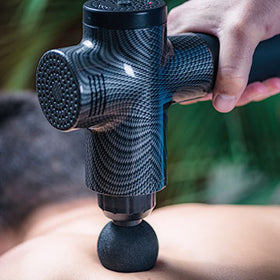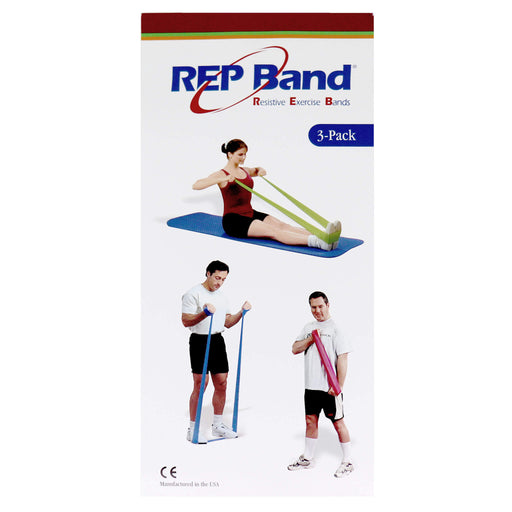over $250.00
What are the benefits of REP Band resistance bands?
These resistance bands are made of non-latex material and are powder free and odour free. They provide a quality resistive exercise product that will not trigger latex allergies or leave a dusty powder on your clothes after exercising. The pos no danger to patients or caregivers who suffer from latex allergies.
Latex allergies occur when the immune system reacts to proteins found in natural rubber latex, a milky fluid derived from the rubber tree (Hevea brasiliensis). When individuals with a latex allergy come into contact with latex products, their immune system mistakenly identifies the latex proteins as harmful and triggers an allergic response. This response can range from mild to severe, and in some cases, it can be life-threatening.
There are two types of latex allergies:
- Type I Allergy (Immediate Hypersensitivity): This is the most common and potentially severe type of latex allergy. It occurs when a person's immune system produces IgE antibodies in response to latex proteins. Upon subsequent exposure to latex, the immune system releases chemicals like histamine, leading to symptoms such as itching, hives, swelling, nasal congestion, coughing, wheezing, and, in severe cases, anaphylaxis.
- Type IV Allergy (Delayed Hypersensitivity): This type of allergy, also known as a contact allergy, is a delayed reaction mediated by T-cells in the immune system. It typically causes skin symptoms like redness, rash, itching, and blisters. Type IV latex allergies are less common than Type I allergies.
The prevalence of latex allergies varies across different populations and countries. In Canada, the reported prevalence of latex allergies is relatively low compared to other regions. However, it is important to note that the prevalence can vary within specific subgroups or high-risk populations, such as healthcare workers and individuals with frequent latex exposure.
Prevalence rates of latex allergies in Canada have not been extensively studied, and there is limited data available. However, studies suggest that the prevalence of latex allergies in healthcare workers, who often have frequent latex exposure, ranges from 3% to 17%, depending on the specific population studied and the methodology used. It is worth noting that latex allergy awareness and preventive measures in healthcare settings have increased over the years, potentially reducing the risk and prevalence among healthcare workers.
If you suspect you have a latex allergy or have experienced symptoms after latex exposure, it is important to consult with a healthcare professional for proper diagnosis and guidance. They can help determine if you have a latex allergy and provide recommendations on managing the allergy and avoiding latex-containing products to prevent future allergic reactions.



